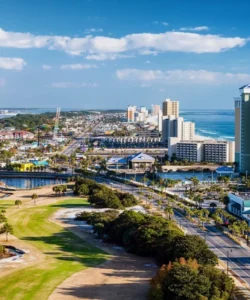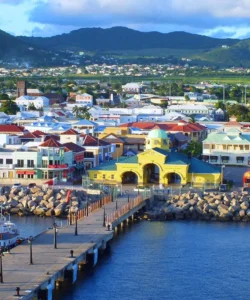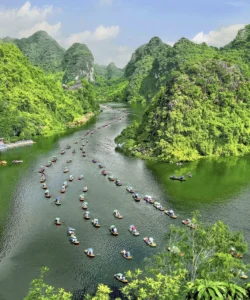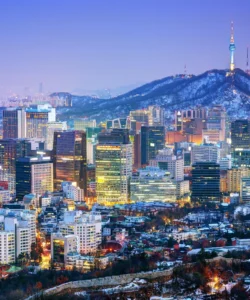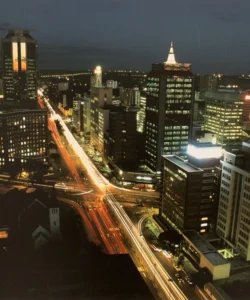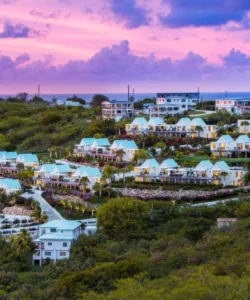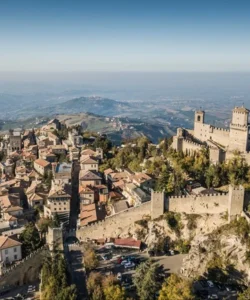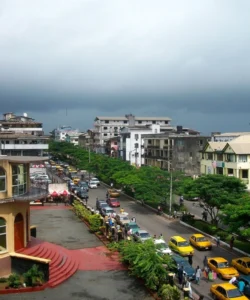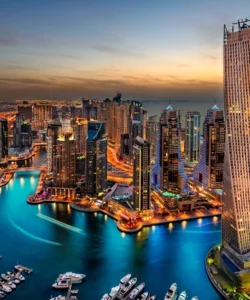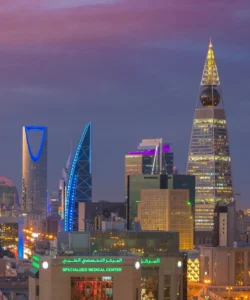The Maldives, officially the Republic of Maldives, is an island nation in the Indian Ocean, famous for its luxurious resorts, stunning coral reefs, and pristine beaches. It is a true tropical paradise.
![]()
Area & Population:
The Maldives is a chain of 26 atolls with over 1,192 islands. Its total land area is just 298 square kilometers, making it one of the most geographically dispersed countries in the world. The country’s population is around 585,000 people.
Language:
The official language of the Maldives is Dhivehi, an Indo-Aryan language. English is widely spoken in tourist areas and is used in business and education.
Currency:
The currency of the Maldives is the Maldivian Rufiyaa (MVR). However, the US Dollar (USD) is widely accepted at resorts and guesthouses.
Religion:
Islam is the state religion and the only religion legally allowed to be practiced by citizens. The country’s constitution requires all citizens to be Muslim.
Capital & Major Cities:
- Capital: Malé is the capital and most populous city. It is a densely populated island and the commercial and political center of the country.
- Major Cities: The Maldives is made up of islands and atolls rather than large cities. Besides Malé, other important population centers are located on larger local islands like Fuvahmulah and Addu City.
Attractions & Wonders:
The Maldives’ main attractions are its natural beauty and marine life.
- Beaches & Atolls:
- Baa Atoll: A UNESCO Biosphere Reserve, famous for its incredible marine biodiversity, particularly its manta rays and whale sharks.
- South Ari Atoll: Known for its crystal-clear water and being a prime spot for whale shark sightings year-round.
- Addu Atoll: The southernmost atoll, known for its unique natural harbors and cycling paths.
- Bikini Beaches: Designated areas on local islands where tourists are allowed to wear swimwear.
- Marine Life & Coral Reefs:
- Snorkeling and Scuba Diving: The Maldives is consistently ranked as one of the world’s best diving destinations, with an abundance of colorful coral reefs and diverse marine life, including sea turtles, sharks, and a huge variety of tropical fish.
- Bioluminescent Plankton: On some islands, such as Vaadhoo, you can witness the magical sight of bioluminescent plankton lighting up the shoreline at night.
- Cultural & Urban Attractions:
- Malé City: Visitors can explore the capital’s attractions, including the Old Friday Mosque, the Islamic Centre, and the local fish and produce markets.
- Whale Submarine: An underwater tour in a real submarine, offering a unique perspective on the coral reefs and marine life.
Architecture:
Maldivian architecture is a mix of traditional and modern styles, with a strong focus on using local materials and designs that complement the natural environment.
- Traditional: Houses on local islands are often built with coral stone or timber. Mosques, particularly the Old Friday Mosque in Malé, are famous for their intricate coral stone carvings and lacquered woodwork.
- Resort: Resort architecture is designed to be in harmony with nature, often featuring overwater bungalows built on stilts and beach villas that blend seamlessly with the palm trees and white sand.
Roads:
The Maldives has no national road network connecting the islands. Transportation is primarily by sea, using speedboats, ferries, and traditional dhoni boats, or by air, using seaplanes and domestic flights. Malé and other larger inhabited islands have paved roads, but they are relatively small.
Hotels:
The Maldives is world-renowned for its luxury resort hotels, which often occupy their own private islands. These resorts offer a range of opulent accommodations, from secluded beach villas to iconic overwater bungalows. There is also a growing number of guesthouses and hotels on local islands, offering a more affordable and authentic travel experience.
Restaurants & Cuisine:
Maldivian cuisine is heavily influenced by the sea, with fish (especially tuna) being a staple ingredient. There are also influences from South Indian and Sri Lankan cuisines.
- Key Dishes:
- Garudhiya: A traditional fish broth.
- Mas Huni: A popular breakfast dish made with shredded smoked fish, coconut, onions, and chili.
- Hedhikaa: A variety of fried snacks and short eats, including fish pastries and rolls.
- Rihaakuru: A thick, salty fish paste used as a condiment.
- Dining Scene: At the resorts, you can find a huge variety of international cuisines, from Japanese and Italian to fusion and modern gastronomy. On local islands, the dining scene is more focused on traditional Maldivian and Indian food.
















































